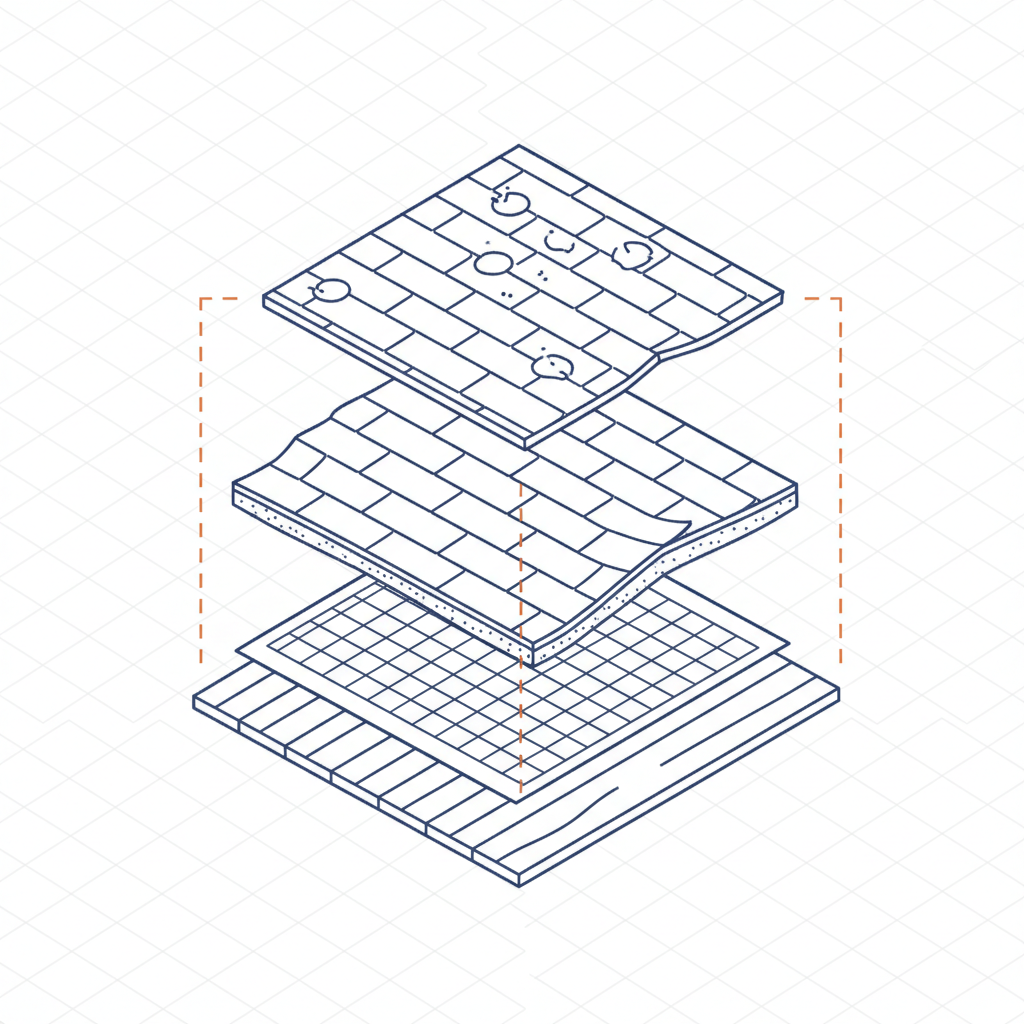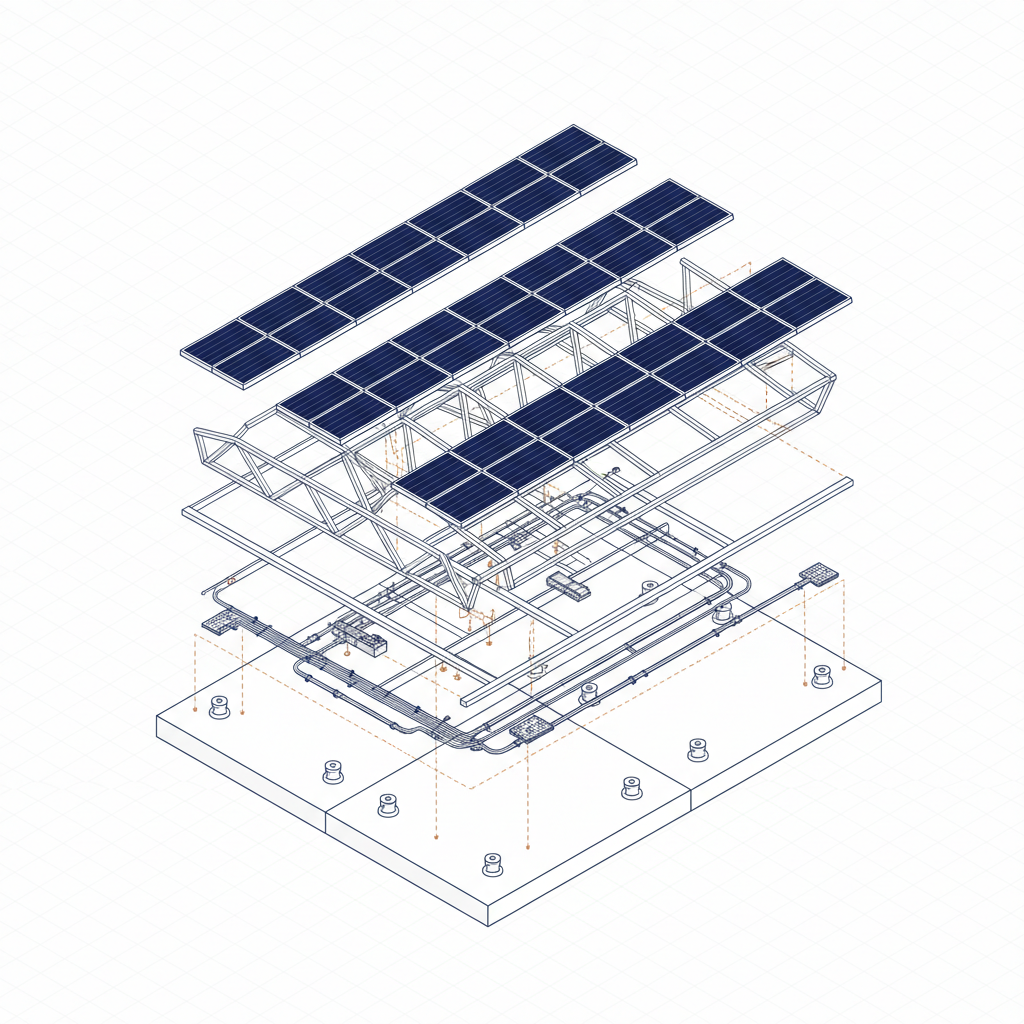A missing shingle or a small water spot on the ceiling can create a huge sense of uncertainty for a homeowner. Your roof is your home’s most critical shield, and the fear of a small issue turning into a major catastrophe is very real. This uncertainty is often compounded by another fear: being pushed into a full, expensive roof replacement when a simple repair might be all that’s needed.
At RocStout Roofing, our entire process is built to eliminate this kind of anxiety and provide you with clarity. We believe homeowners make the best decisions when they are armed with expert, transparent information. This guide will walk you through the key factors our professionals assess to determine the right course of action, empowering you to choose the most logical and cost-effective solution for your home.
The Decisive Factors: Our Assessment Process
Deciding between a repair and a replacement isn’t about guesswork; it’s about a systematic evaluation. Our “No Surprises” process always begins by analyzing the same key factors to provide a predictable recommendation.
-
The Age of Your Roof: Every roofing material has a predictable service life. An asphalt shingle roof in Texas, for example, typically provides 15-25 years of reliable protection. If your roof is approaching or has surpassed this milestone, a replacement is often the more sensible long-term investment, as recurring repairs on an aging system become costly and inefficient.
-
The Extent of the Damage: Is the issue isolated or systemic? A few shingles damaged by wind is a localized problem. However, widespread curling, cracking, or significant granule loss across multiple areas of the roof indicates the entire system is failing and requires a comprehensive solution.
-
The Nature of the Leak: A single, small leak around a vent or chimney can often be resolved with a targeted roof repair. But if you have multiple leaks in different areas, it’s a clear signal that the underlying water-resistant barriers are compromised, and a full replacement is necessary to protect your home’s structure.
Clear Signals for a Targeted Roof Repair
A full replacement is not always the answer. A professional, durable repair is the correct and most cost-effective solution when your roof is otherwise in excellent health. We will always recommend a repair in the following situations:
-
Your Roof is Young: If your roof is less than 10-12 years old and has sustained minor, localized damage, a repair is the most logical path.
-
The Damage is Contained: A tree limb has damaged one specific section, or wind has lifted a few shingles, but the rest of the roof remains secure and in good condition.
-
You Need a Short-Term Fix: In some cases, a professional repair can securely extend the life of your roof for another year or two while you budget and plan for a future replacement.
Unmistakable Signs You Need a Full Roof Replacement
Ignoring the signs of a failing roof can lead to catastrophic and expensive damage. A roof replacement is the necessary, responsible choice when our assessment reveals these unmistakable indicators:
-
Your Roof Has Reached Its Age Limit: An old roof is a liability. Proactively replacing it is the best way to prevent the major interior damage a systemic failure can cause.
-
Widespread Shingle Deterioration: Look for shingles that are curling at the edges, cracking, or have large bald spots where the protective granules have worn away. These are signs the material is brittle and no longer providing adequate protection.
-
Underlying Deck Damage: Soft or spongy spots when walking on the roof are a serious red flag indicating the underlying wood decking has been compromised by moisture and is likely rotting. This can only be addressed with a full tear-off.
-
After a Major Weather Event: Significant hail or wind can cause extensive, often subtle, damage that compromises the entire roof. A thorough inspection is crucial, as this often becomes a matter for insurance claims.
The Dilemma: Should You Replace a Roof Before Selling Your Home?
This is a strategic question we help homeowners navigate frequently. While it’s an upfront cost, replacing an old or visibly worn roof is almost always a wise investment before selling.
A new roof is a powerful selling point. It removes a major point of contention during negotiations and signals to potential buyers that the home is well-maintained. It eliminates the risk of a buyer demanding a significant price reduction or walking away entirely due to a poor inspection report. A new roof adds predictable value and leads to a smoother, faster sale.
Your Path to a Confident Decision
You shouldn’t have to live with the uncertainty of a compromised roof. The right decision for your home—whether it’s a targeted repair or a full replacement—should be based on a clear, professional assessment of the facts.
At RocStout Roofing, our process is designed to give you exactly that. We provide a thorough inspection and a straightforward recommendation, explaining your options so you can move forward with confidence, free from the fear of surprises.




